The Culture Of Ireland
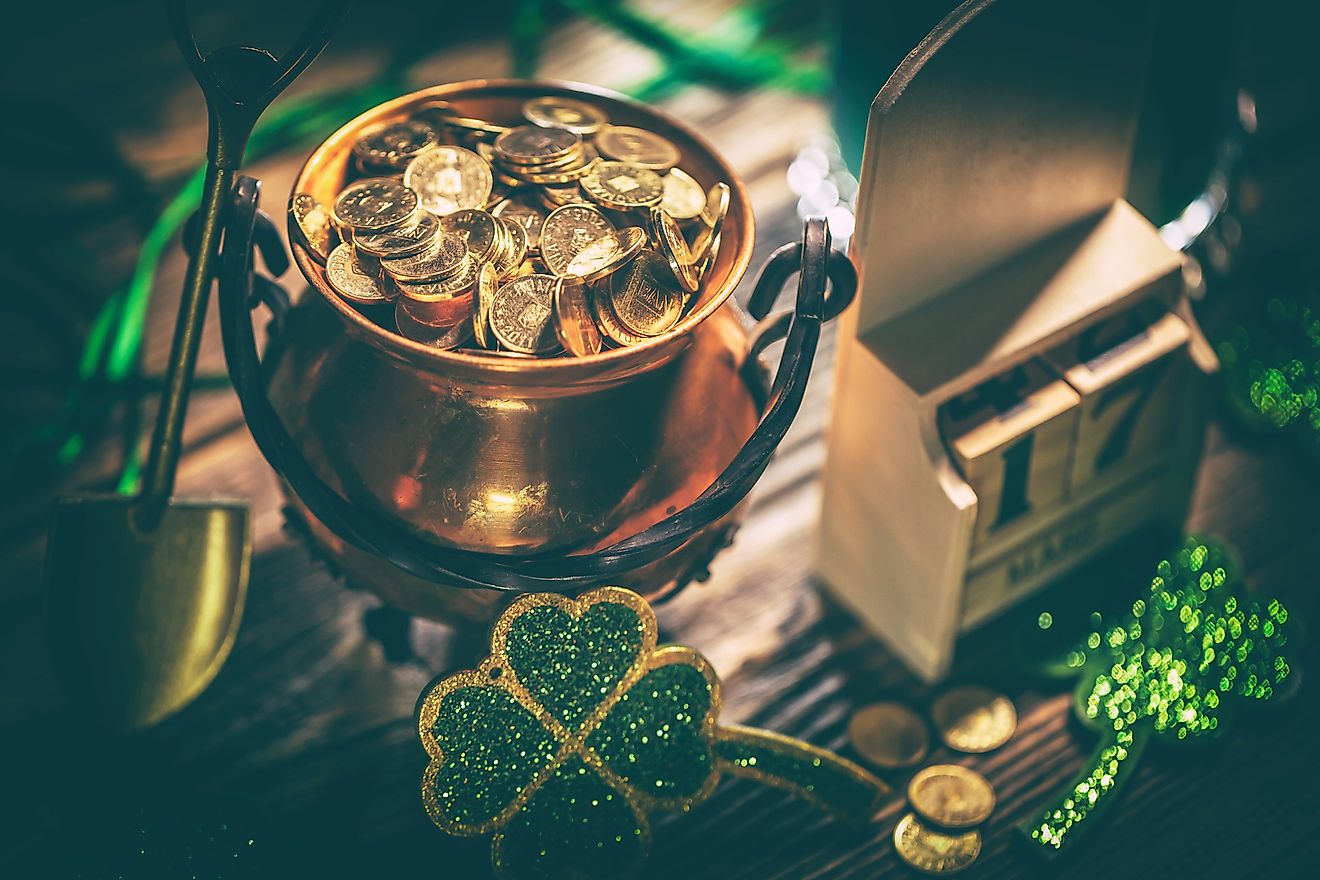
- Saint Patrick's Day, the Irish national holiday, is celebrated with parades and festivals in all major cities and towns in Ireland.
- Potato is often regarded as the staple of Irish cuisine.
- Despite its small size, Ireland has made massive contributions to the world of literature.
- The Fleadh Cheoil na hÉireann is an Irish folk music festival held every year in Ireland to promote Irish folk music.
- The most popular spectator sports played in the country include Gaelic football, rugby union, hockey, hurling, and soccer.
The island of Ireland in the North Atlantic is politically divided between Northern Ireland (part of the United Kingdom) and the Republic of Ireland, a sovereign nation. Despite the political differences, the people of the island are called Irish and have their own Irish culture. As of 2011, Ireland had a population of about 6.6 million with 4.8 million residing in the Republic of Ireland and the rest in Northern Ireland. Learn more about culture of the Republic of Ireland and its similarities with its northern neighbors.
6. Ethnicity, Language, and Religion in Ireland
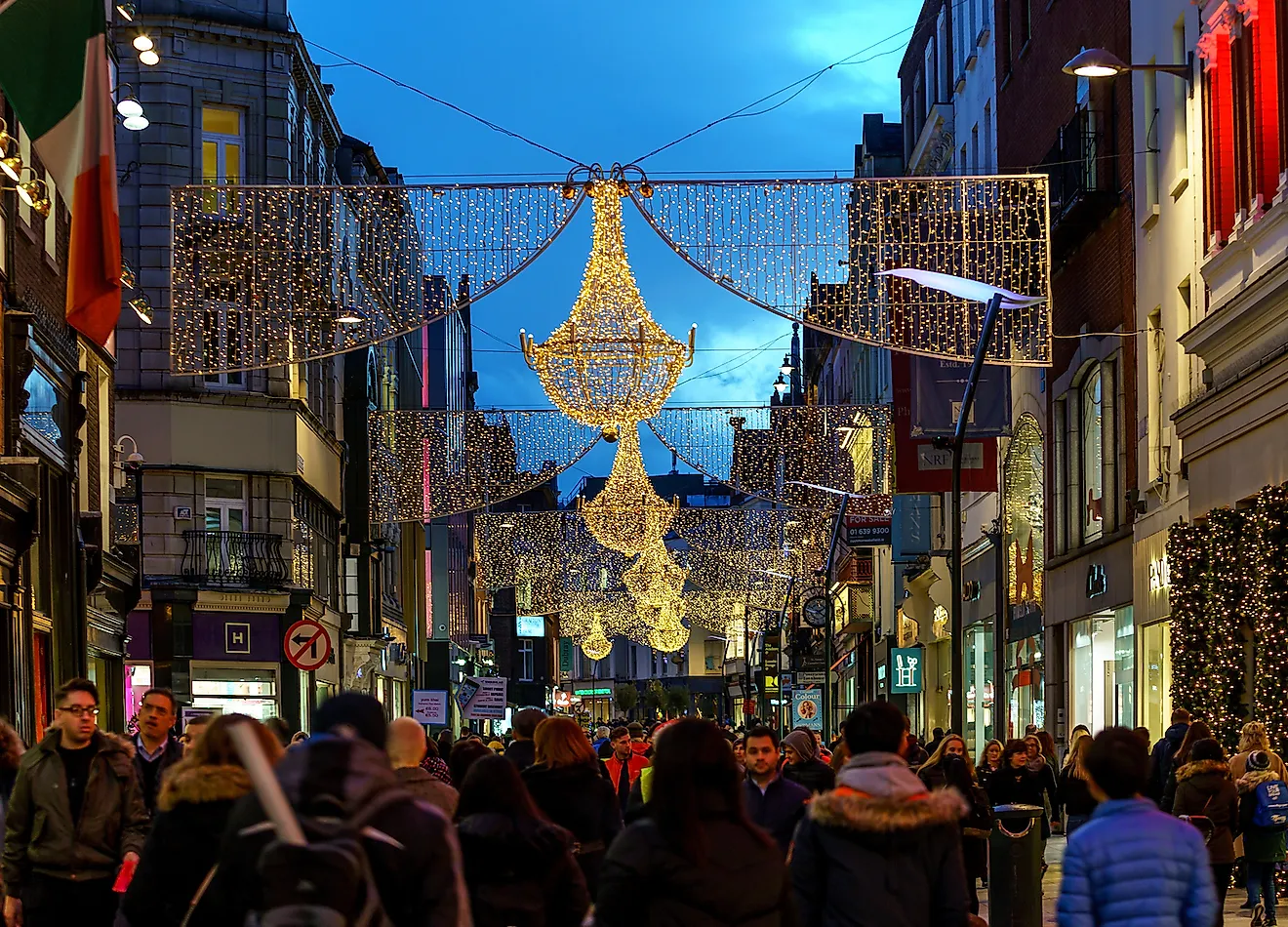
82.2% of the population of Ireland comprises the ethnic Irish. People from other white, Asian, and black ethnic backgrounds represent 9.5%, 2.1%, and 1.4% of the population, respectively. Both English and Irish are the official languages of the country. English is spoken throughout the island while Irish is spoken by around 39.8% of the population, especially by people living along the western coast of the country. Christianity is the religion of the vast majority of the Irish population. 78.3% of the population comprises of Roman Catholics. Adherents of the Church of Ireland represent 2.7% of the population. Orthodox Christians and Muslims both represent around 1.3% of the population. A significant section of the Irish population of around 9.8% does not claim affiliation to any religion.
Although the Irish are predominantly Christians, both Pagan customs and Christian traditions influence the Irish festival calendar. Christmas is celebrated with many local traditions not observed in other parts of the world. Saint Patrick's Day, the Irish national holiday, is celebrated with parades and festivals in all major cities and towns in Ireland. The Brigid's Day, although is not linked to Christianity, is another religious observance of the Irish people.
5. Cuisine of Ireland
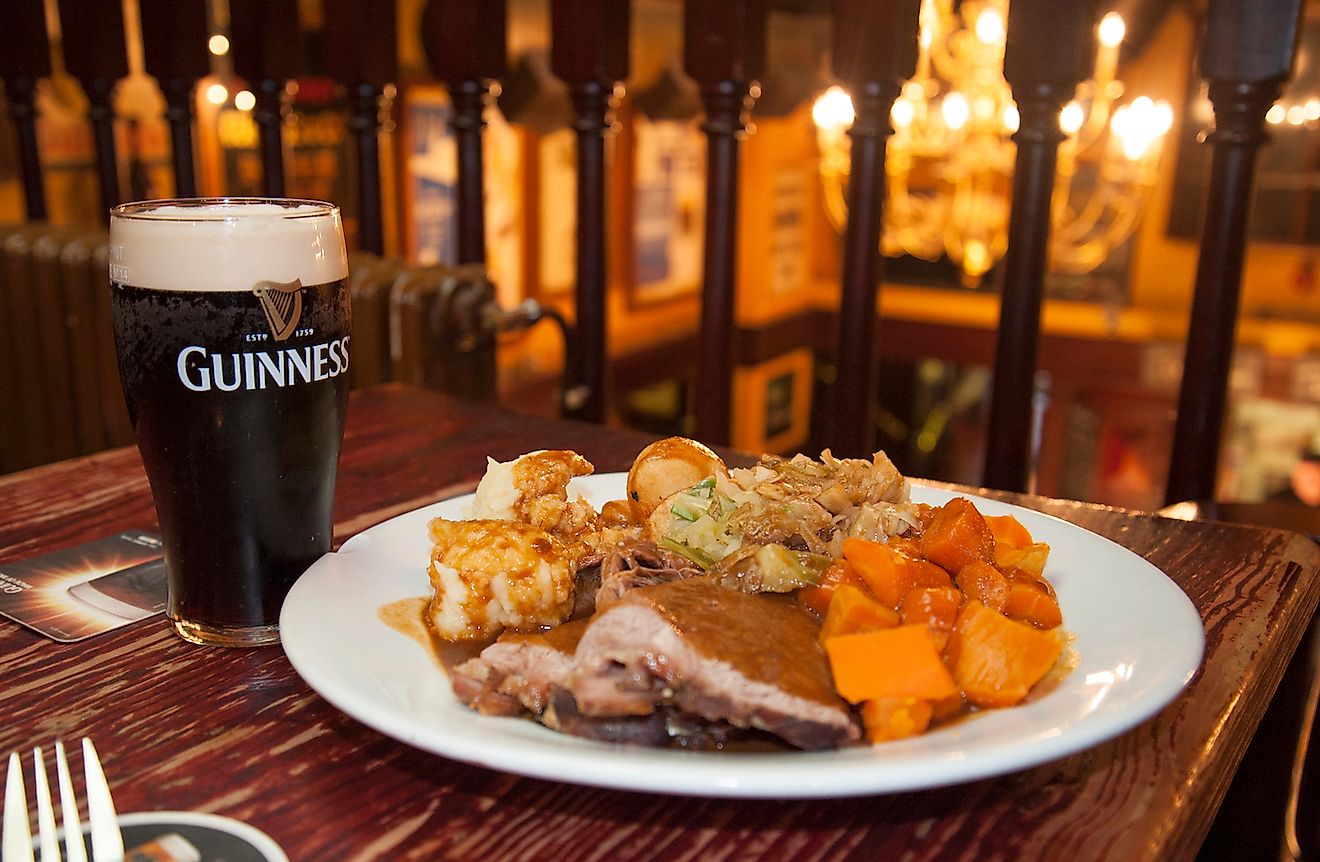
Irish cuisine reflects the style of cooking that was developed by the Irish people over a period of centuries of political and social change. The crops that are grown and the animals reared in Ireland’s temperate climate have heavily determined the types of food consumed by the Irish people. English cuisine also had a significant impact on Irish cuisine. Potato is often regarded as the staple of the cuisine. Potatoes are used in a wide variety of Irish dishes. Some of the traditional and most popular Irish dishes include cabbage and bacon with potatoes, Irish stew (a meat stew made with goat or lamb meat), colcannon (mashed potato, cabbage, and butter), potato pancake, etc.
Irish Whiskey, known as the water of life, and beer have long histories in Ireland. Whiskey distilleries and beer breweries are found throughout the country. Guinness, the world's largest stout brewery, is based in Dublin, Ireland. Smithwick's, Harp, and Murphy's are other popular beer breweries based in the country while Jameson Irish Whiskey is one of the most well known Irish Whiskeys.
4. Literature and the Arts in Ireland
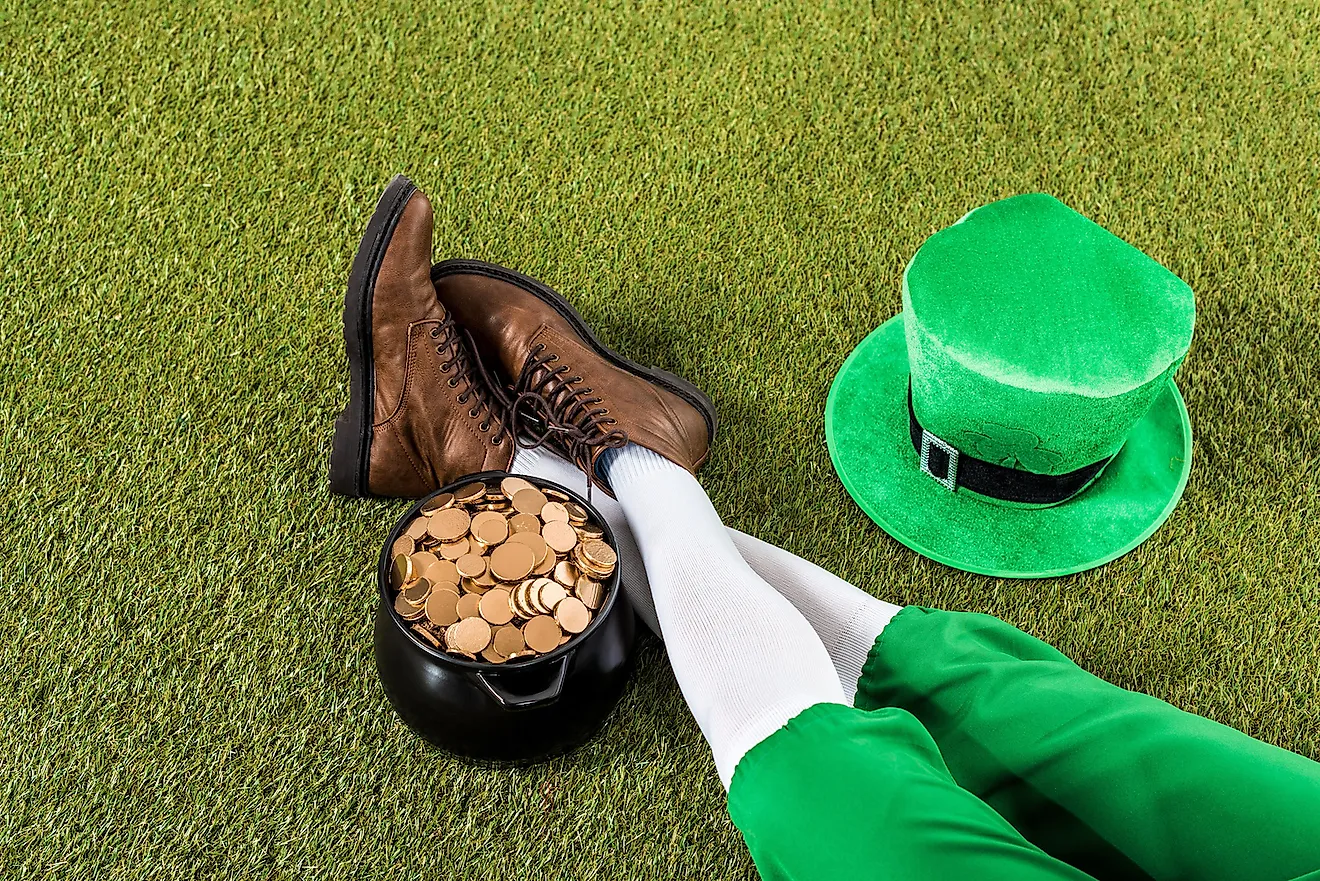
Despite its small size, Ireland has made massive contributions to the world of literature. Bram Stoker, Jonathan Swift, Oscar Wilde, and James Joyce are all globally renowned Irish writers. Ireland has also produced four Nobel laureates in the field of literature including the legendary poet William Butler Yeats and playwright George Bernard Shaw. Ireland also has a rich heritage of oral literature. Leprechaun, the mischievous fairy type creature, is an important figure of Irish folklore. The Irish literature is the third oldest literature in the European continent.
Like literature, Ireland has a great wealth of art and craft. The earliest forms of art from the country dates to the Bronze age. A strong indigenous tradition of painting developed in Ireland in the 19th and 20th centuries.
3. Music And Dance In Ireland
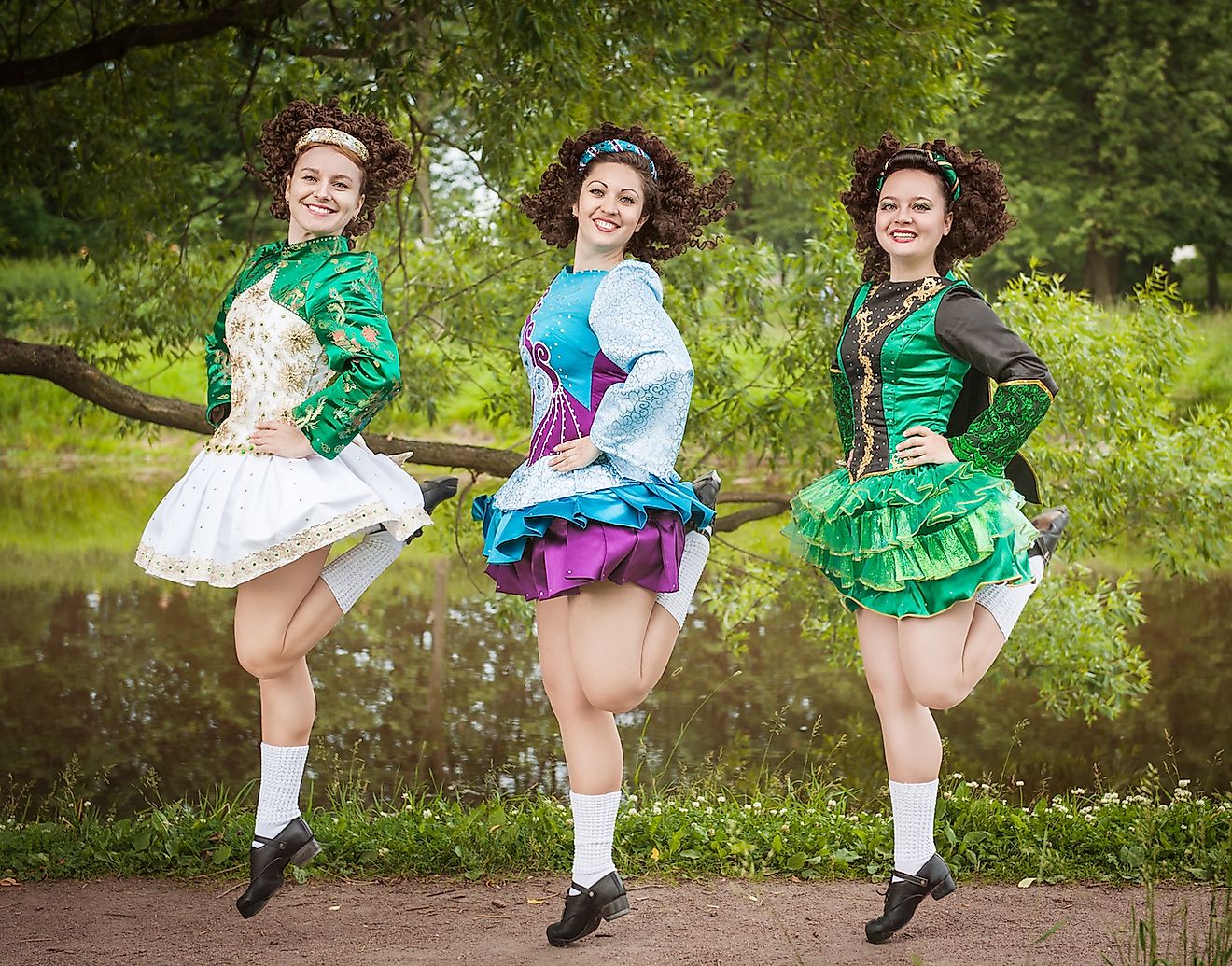
Ireland has a thriving scene of folk, classical, and contemporary music. The Fleadh Cheoil na hÉireann is an Irish folk music festival held every year in Ireland to promote Irish folk music. Traditional Irish folk elements are often incorporated in the other genres of music prevalent in the country. U2, The Undertones, Snow Patrol, etc., are some famous Irish bands of modern times. Rock, jazz, rock and roll, pop, and other contemporary music styles are popular among Irish youth.
A number of traditional dance forms have also originated from Ireland. They include both solo and group dancing performances. English country dancing and French quadrilles have significantly influenced Irish dance forms. The Sean-nós dance, Irish céilí dances, Irish set dancing, and festival Irish dance are some of the island's traditional dance forms.
2. Sports in Ireland
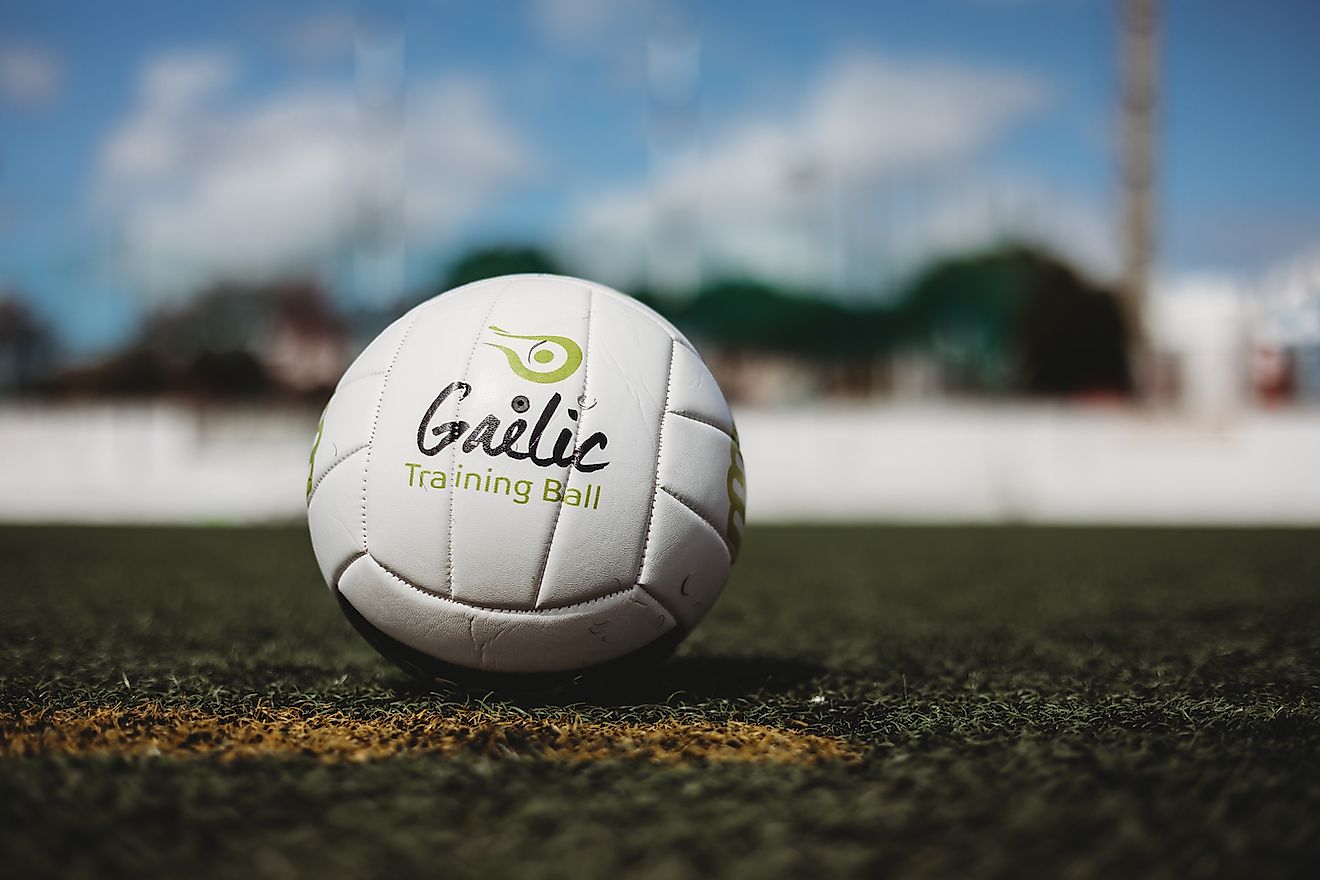
Irish people play a wide variety of sports. The most popular spectator sports played in the country include Gaelic football, rugby union, hockey, hurling, and soccer. The All-Ireland Football Final is the most watched spectator sports event in Ireland. Games with the highest number of participants include cycling, aerobics, swimming, Gaelic football, and snooker or billiards. The Irish national football team has performed well at the 1990 FIFA World Cup. While some sports in Ireland like Gaelic football and hurling have teams representing the island of Ireland, others like soccer have two separate organizing bodies representing the Republic of Ireland and Northern Ireland.
1. Life In The rish Society
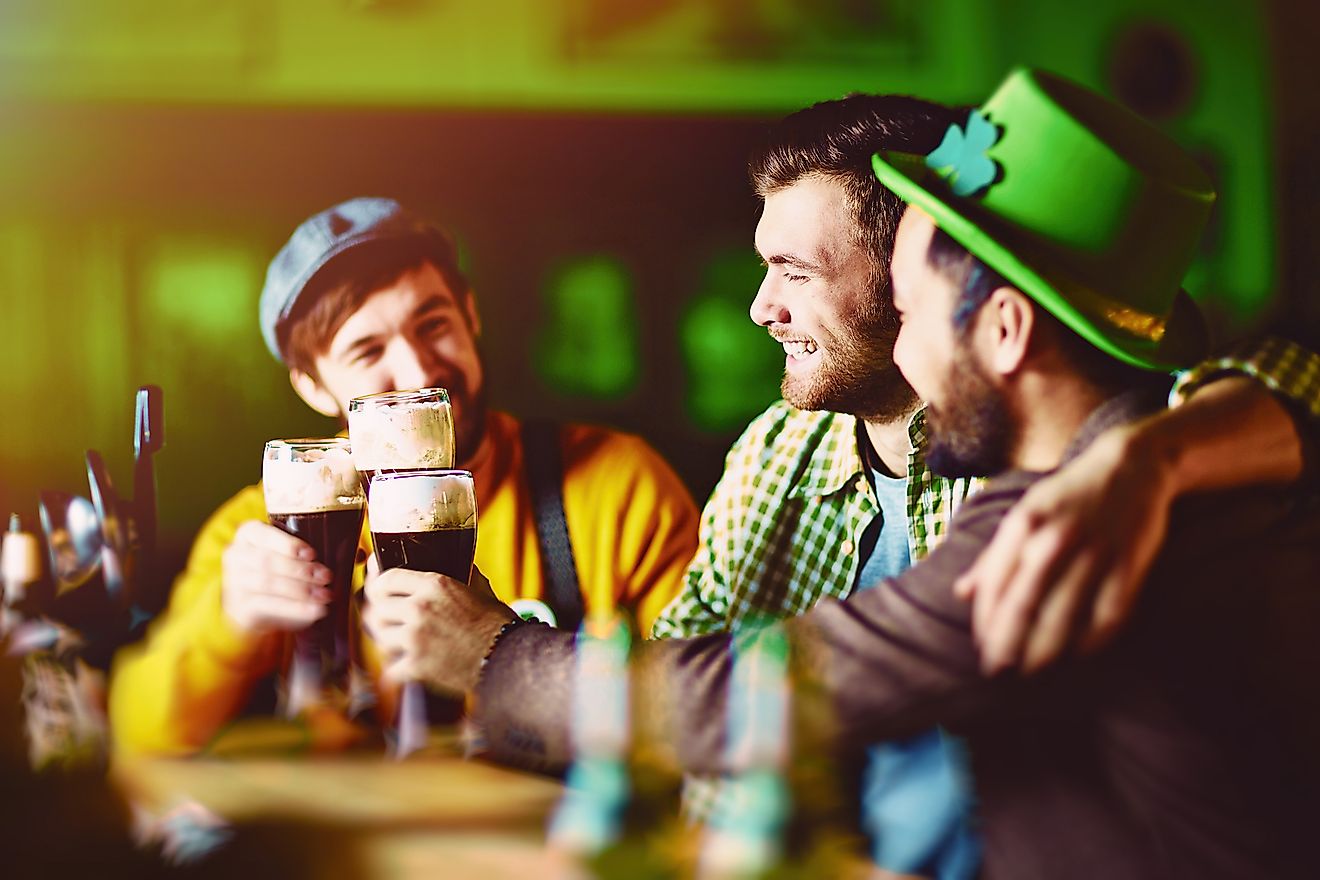
Despite Ireland being progressive in many respects, gender bias still remains an issue in the country. While the law of the country promotes gender equality in the workplace, gender-based inequities in pay continue to create trouble. Feminism is also growing throughout Ireland but still must overcome the obstacles put forth by traditionalists.
Marriages in Ireland are based on romantic relationships and are seldom arranged. Monogamous marriages are the norm and sanctioned by the state and the churches. Since 1995, divorce has been made legal in Ireland. Over the years, the rate of marriage has continued to decrease and the average age of marriage has continued to increase as in the case of neighboring Western cultures.
Most households are nuclear in nature. All children have legal rights to inheritance. In rural areas, however, sons are often the preferred inheritors of land and farm. Extended families continue to play a significant role in the lives of Irish people. Great emphasis is paid on education resulting in high literacy levels in Ireland.
Pub culture is prevalent in Irish society and pervades across all cultural divides. Most Irish frequent pubs or bars. Pubs are not just for drinking but also important meeting and socializing places. The traditional Irish pub is known for its relaxed atmosphere, tavern-like warmness, and traditional Irish music.











